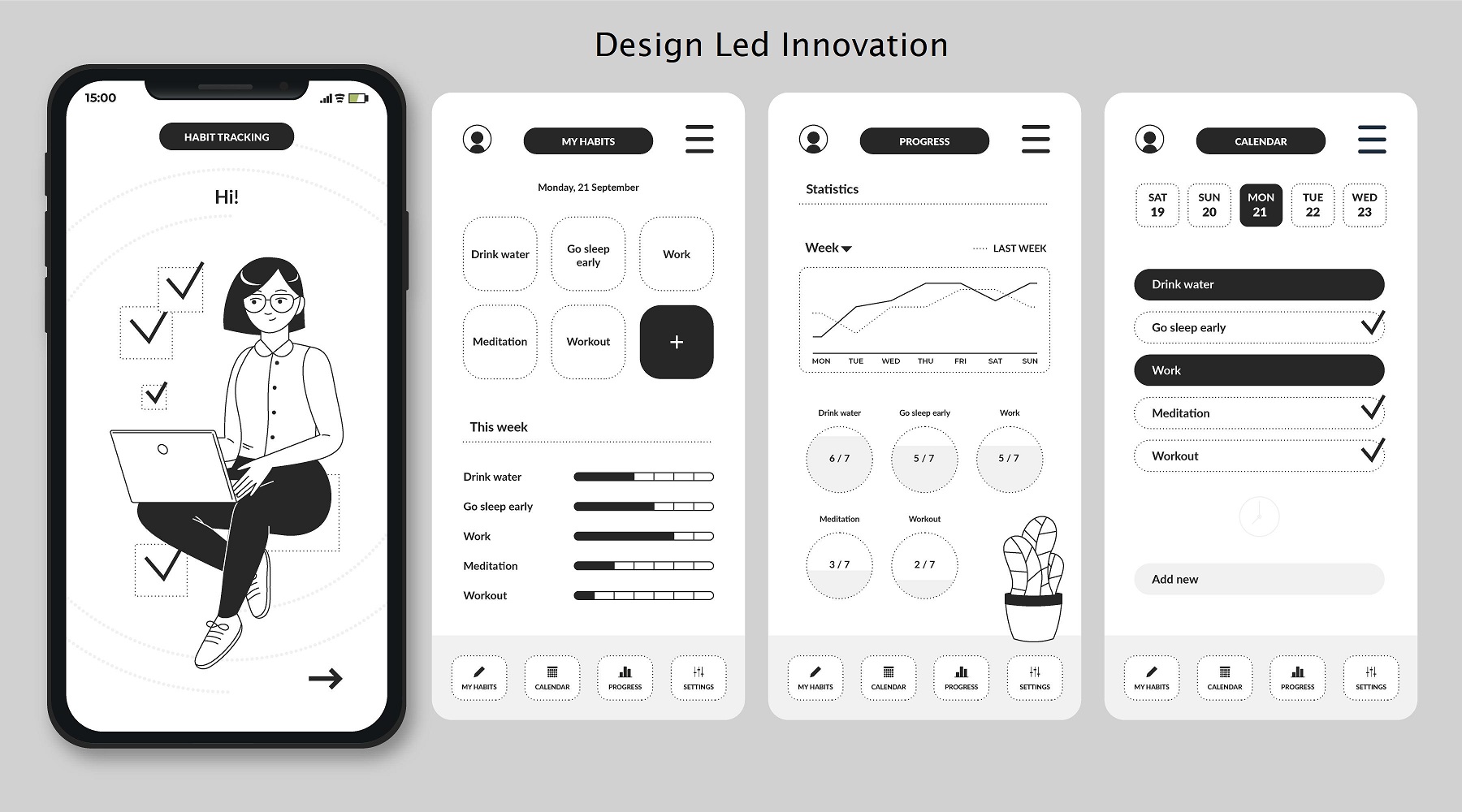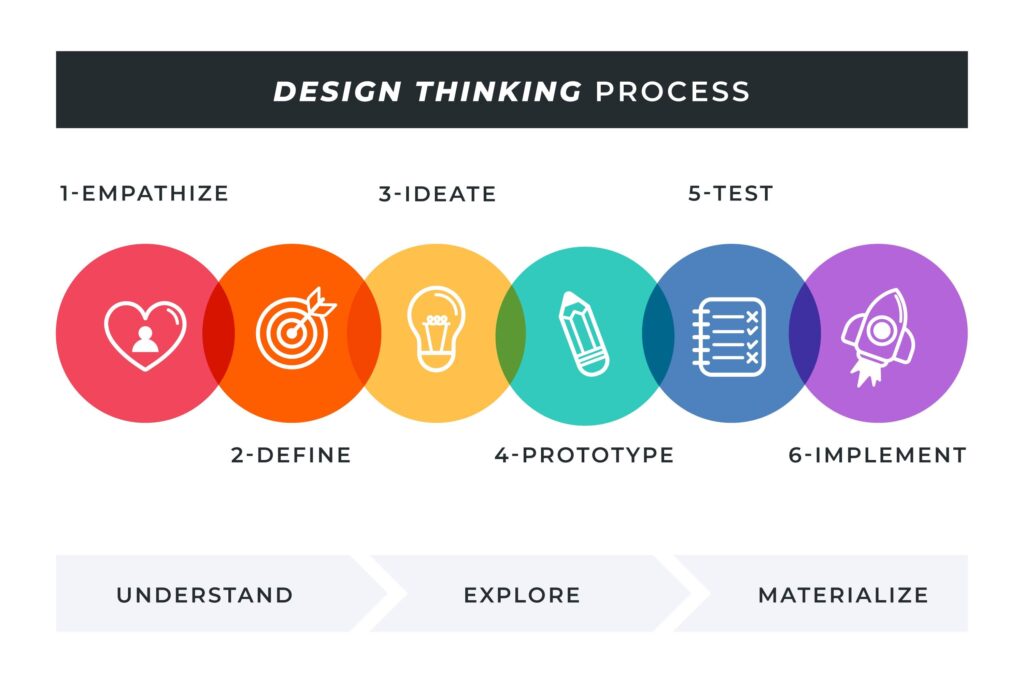
Design-led innovation, also known as design thinking, is an approach to innovation that places a strong emphasis on understanding the needs and desires of users or customers. It involves using principles and methods commonly associated with design to drive the development of new products, services, or solutions.
The goal of design-led innovation is to create offerings that not only function well but also resonate with users on an emotional level and provide meaningful experiences. Key characteristics of design-led innovation include:
1. User-Centered Focus: Design-led innovation starts by deeply understanding the needs, preferences, and behaviors of the people who will use the product or service. It emphasizes empathy and involves direct engagement with users to uncover insights that guide the innovation process.
2. Iterative Process: Design-led innovation involves an iterative approach, where ideas are tested, refined, and adapted based on user feedback. This iterative cycle helps ensure that the final solution meets user needs effectively.
3. Creativity and Ideation: The process encourages brainstorming and generating a wide range of ideas, often using techniques that promote “out-of-the-box” thinking. This leads to a diverse set of concepts that can be evaluated and developed.
4. Multidisciplinary Collaboration: Design-led innovation often involves collaboration between individuals with diverse skills, including designers, engineers, marketers, and domain experts. This interdisciplinary approach helps to bring different perspectives to the innovation process.
5. Prototyping and Visualization: Prototyping and visualizing concepts are integral to design-led innovation. Creating tangible or visual representations of ideas allows for quicker testing and validation with users.

6. Emphasis on User Experience: Beyond functionality, design-led innovation focuses on crafting positive user experiences. This involves considering how the product or service makes users feel and how it fits into their lives.
7. Human-Centered Problem Solving: Design-led innovation seeks to solve real-world problems by addressing the underlying needs and challenges of users. It moves beyond surface-level solutions to tackle the root causes of issues.
8. Failure as Learning: Embracing failure as a valuable learning opportunity is a key aspect of design-led innovation. It encourages taking risks and testing ideas, even if they don’t always succeed, in order to gather insights for improvement.
9. Holistic Approach: Instead of looking at individual components in isolation, design-led innovation takes a holistic view of the entire experience. It considers the entire journey, from initial interaction to final use, to ensure a coherent and satisfying user experience.
Design-led innovation is commonly used in industries ranging from product design and technology to healthcare and services. It has gained popularity due to its human-centric approach, which often results in solutions that resonate with users and lead to more successful and impactful innovations.
Connect with us (kishore.kulkarni@nxtechworks.com) if you want to innovate through design-led approach.
All Images by freepik.com
